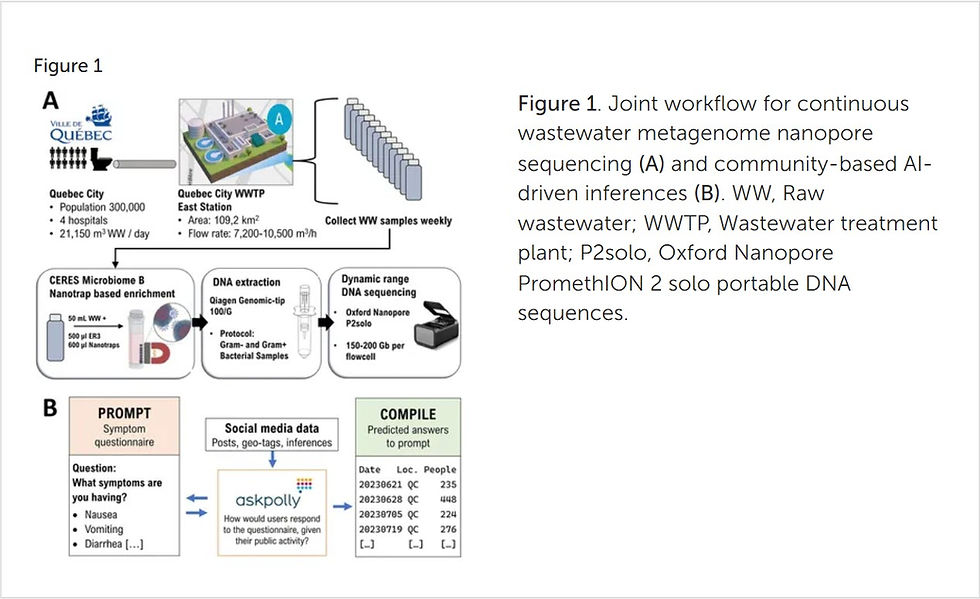Enhanced Detection of Influenza A Virus in Milk Using Nanotrap Microbiome A Particles
- Caryn Tyler
- May 23
- 1 min read
Updated: May 29
Surveillance of zoonotic influenza A viruses, including highly pathogenic H5N1, has gained urgency in light of potential risks to food safety and public health.(1) Milk—particularly raw or low-pasteurized forms—has been identified as a possible transmission route for influenza A viruses originating in livestock.(2,3) However, current molecular workflows often rely on small input volumes (e.g., 25 µL) and do not account for matrix complexity, limiting sensitivity and genome coverage for sequencing-based detection.(2) To address these limitations, we developed an enhanced method for influenza A virus detection and sequencing from milk using Nanotrap® Microbiome A Particles. This workflow was tested using H1N1 influenza A virus and compared against a direct extraction method. Paired with qPCR and whole-genome sequencing, this approach offers a scalable solution to improve sensitivity and genome recovery from complex dairy matrices.
In this poster, we examine whether Nanotrap Microbiome A Particles improve the detection sensitivity of the Influenza A virus from milk relative to current standard extraction methods.

POSTER SKU 44XXX



Comments